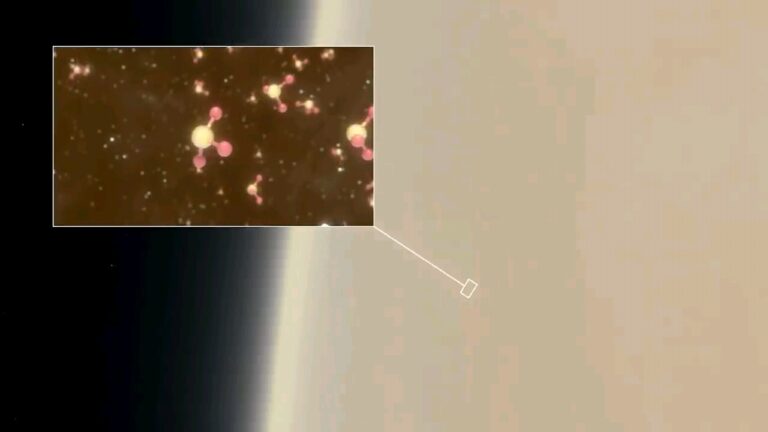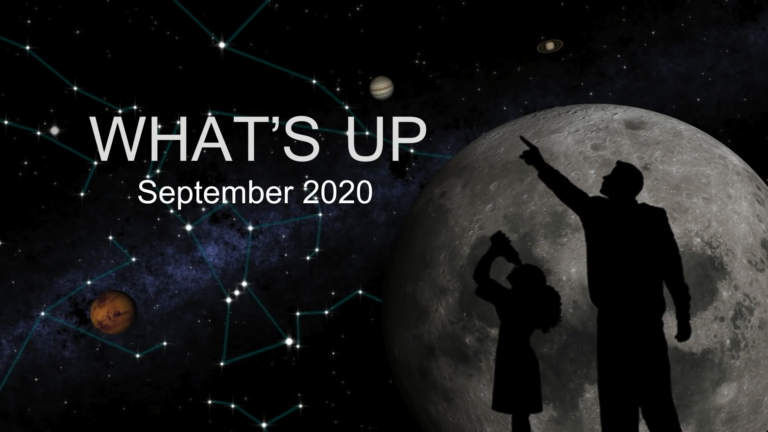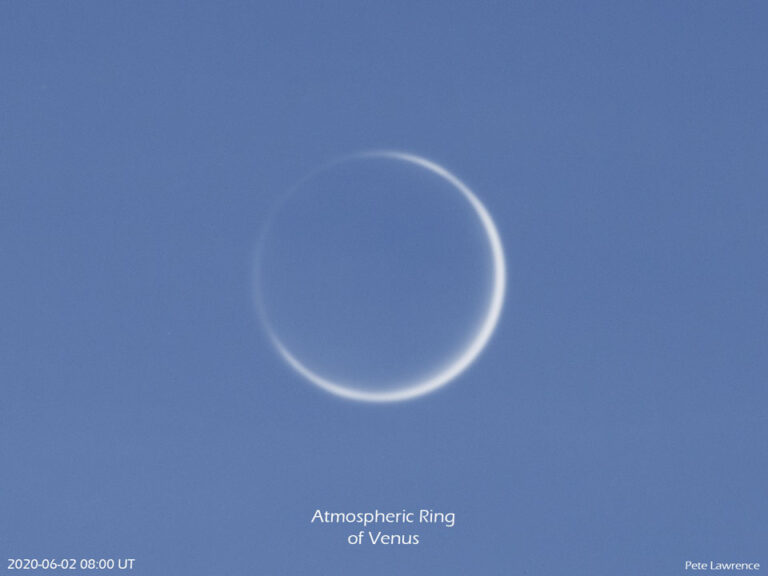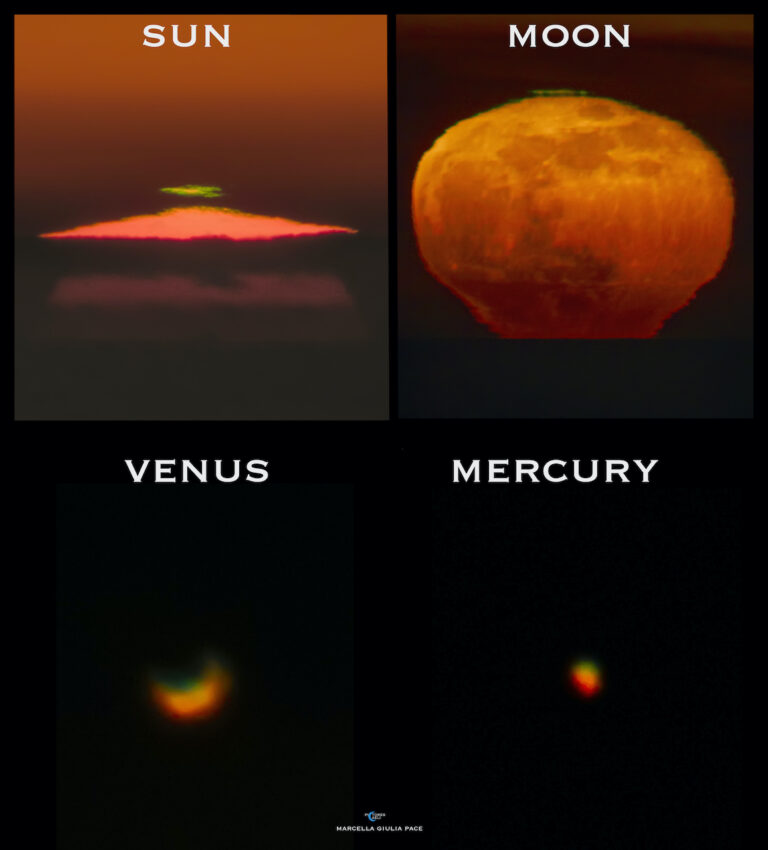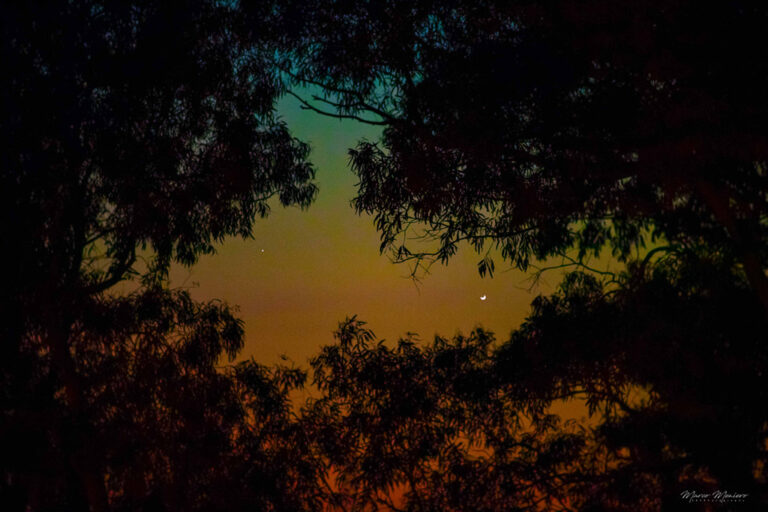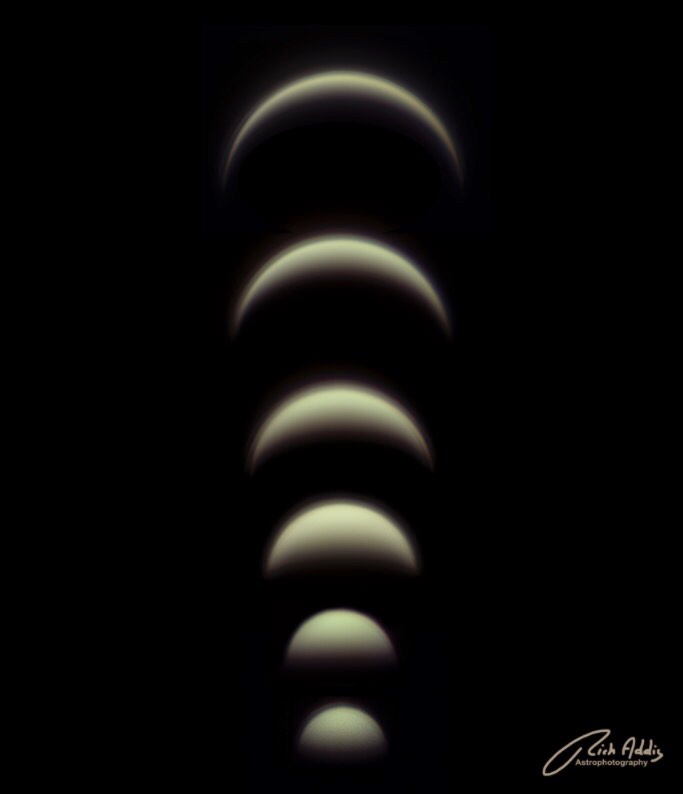金星大气有生命标记”膦”
2020年9月15日 Biomarker Phosphine Discovered in the Atmosphere of Venus Image Credit: ISAS, JAXA, Akatsuki; Processing: Meli thev Explanation: Could there be life floating in the atmosphere of Venus? Although Earth’s planetary neighbor has a surface considered too extreme for any known lifeform, Venus’ upper atmosphere may be sufficiently mild for tiny airborne microbes. This usually disfavored prospect took an unexpected upturn yesterday with the announcement of the discovery of Venusian phosphine. The chemical phosphine (PH3) is a considered a biomarker because it seems so hard to create from routine chemical processes thought to occur on or around a rocky world such as Venus — but it is known to be created by microbial life on Earth. The featured image of Venus and its thick clouds…


